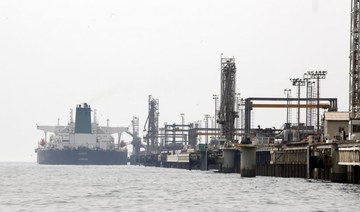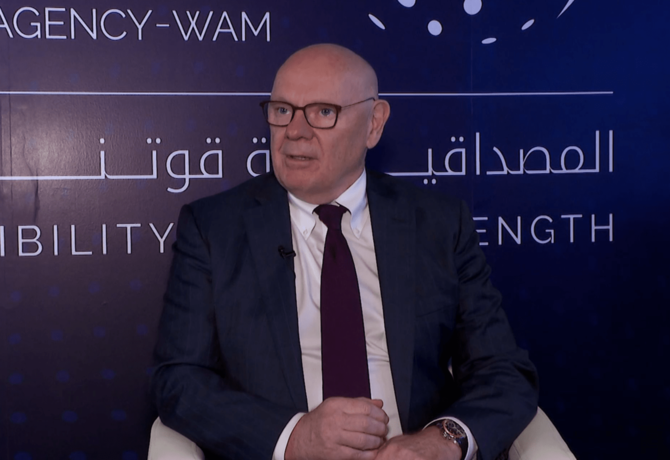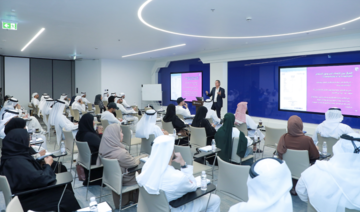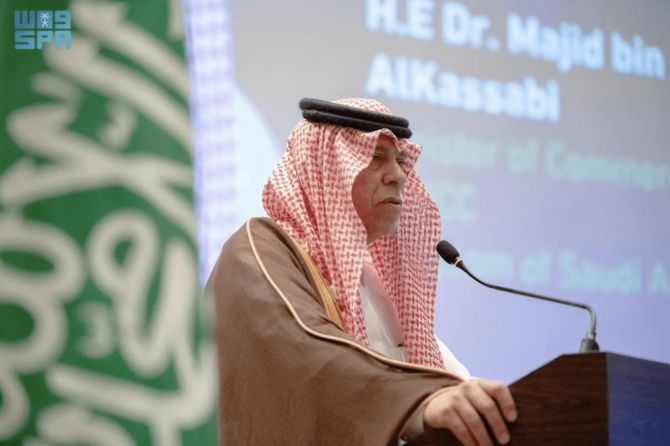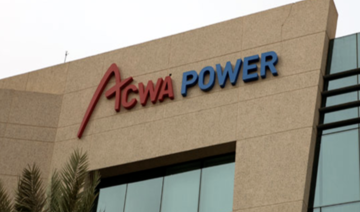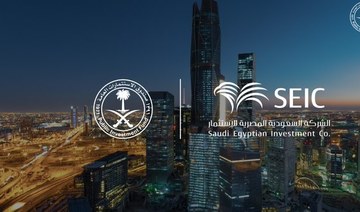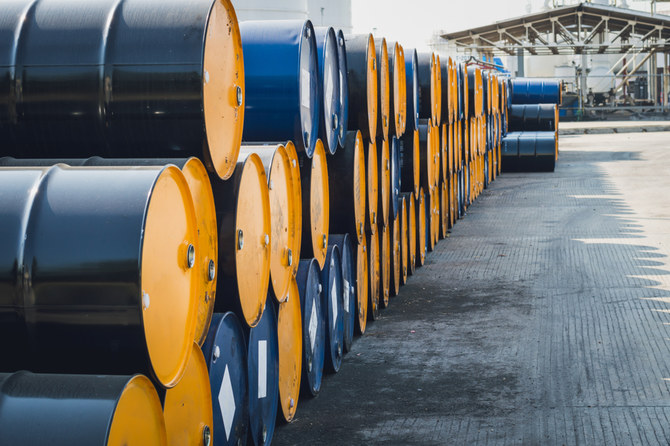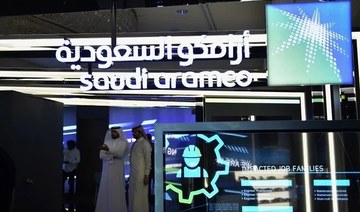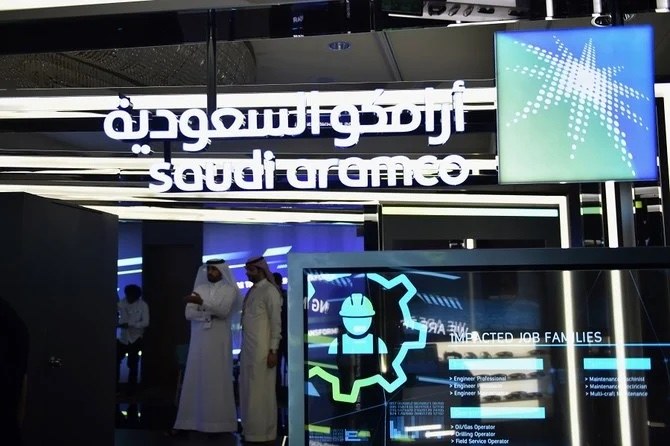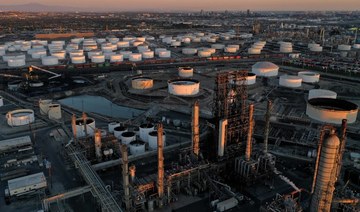SINGAPORE: China imported Iranian crude oil in July for the second month since a US sanctions waiver ended, according to research from three data firms, with one estimate showing some oil entered tanks holding the country’s strategic reserves.
According to the firms, which track tanker movements, between 4.4 million and 11 million barrels of Iranian crude were discharged into China last month, or 142,000 to 360,000 barrels per day (bpd). The upper end of that range would mean July imports still added up to close to half of their year-earlier level despite sanctions.
The imports are continuing at a precarious moment in US-China relations: The flow is hampering US President Donald Trump’s efforts to choke off oil exports vital to Iran through sanctions, just as tensions rise in the festering US-China trade dispute that has cast a pall over the global economy.
Senior Trump administration officials estimate that 50-70 percent of Iran’s oil exports are flowing to China, while roughly 30 percent go to Syria. China is typically Iran’s largest oil customer and contests Washington’s sanctions. But June imports of around 210,000 bpd were the lowest in nearly a decade and 60 percent below their year-ago level, according to customs data, as some Chinese refiners, concerned about the sanctions, refrained from dealing with Iran.
The General Administration of Chinese Customs is scheduled to release details of July imports by origin in the last week of August.
Neither the National Development & Reform Commission, the state planner that oversees the country’s state oil reserves, nor the national customs bureau responded to Reuters’ requests for comment.
Similar to June imports, it is unclear how much of the July shipments has been sold to buyers or stored in bonded storage tanks and yet to clear customs. Some 20 million barrels of Iranian oil appeared stranded at the northeastern port of Dalian after being moved into bonded tanks since late last year.
While the customs department does not disclose details of port entries, oil analytics firms track where tankers arrive.
According to research by data provider Refinitiv, July saw five vessels operated by the National Iranian Tanker Company (NITC) discharge 958,000 tons of Iranian crude into Chinese port Jinzhou in the northeast, Huizhou in the south and Tianjin in the north.
NITC did not immediately respond to a request for comment.
Jinzhou, Tianjin and Huizhou are locations for refineries and commercial storage owned by Chinese state oil firms China Petrochemical Corp. (Sinopec Group) and China National Petroleum Company (CNPC). Some of the country’s tanks holding Strategic Petroleum Reserves (SPR) — kept by many countries as stockpiles for emergency situations — are also located in these cities.
Asked if it was among buyers of Iranian oil, Sinopec declined comment. CNPC did not respond to a request for comment.
In a report dated July 29, London-based energy data firm Kpler said inventories at the Jinzhou underground SPR rose to 6 million barrels from 3.2 million in mid-June “as a result of Iranian crude flows... The increase is fully the result of Iranian barrels discharged into the facility.”
The firm estimated 360,000 bpd of Iranian crude had been delivered to China last month.
Vortexa, another London-based energy market intelligence firm, pegged the July deliveries into China at 4.4 million barrels and identified similar port destinations.




